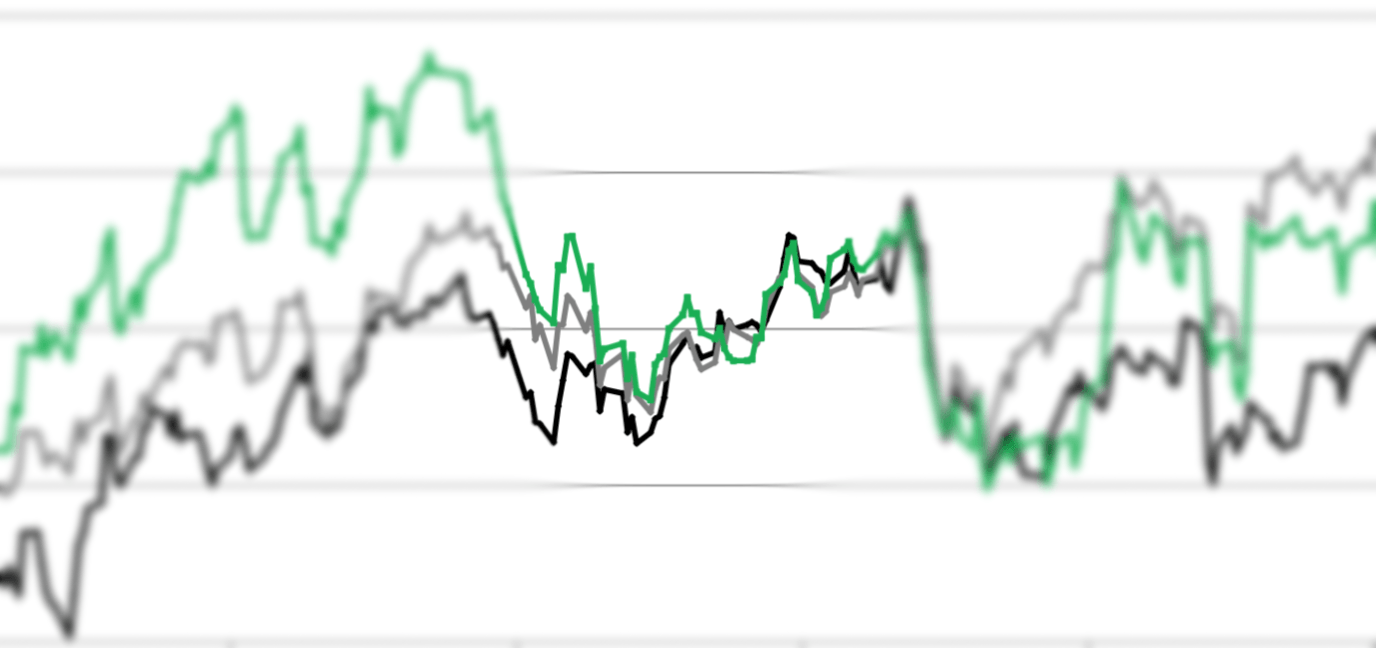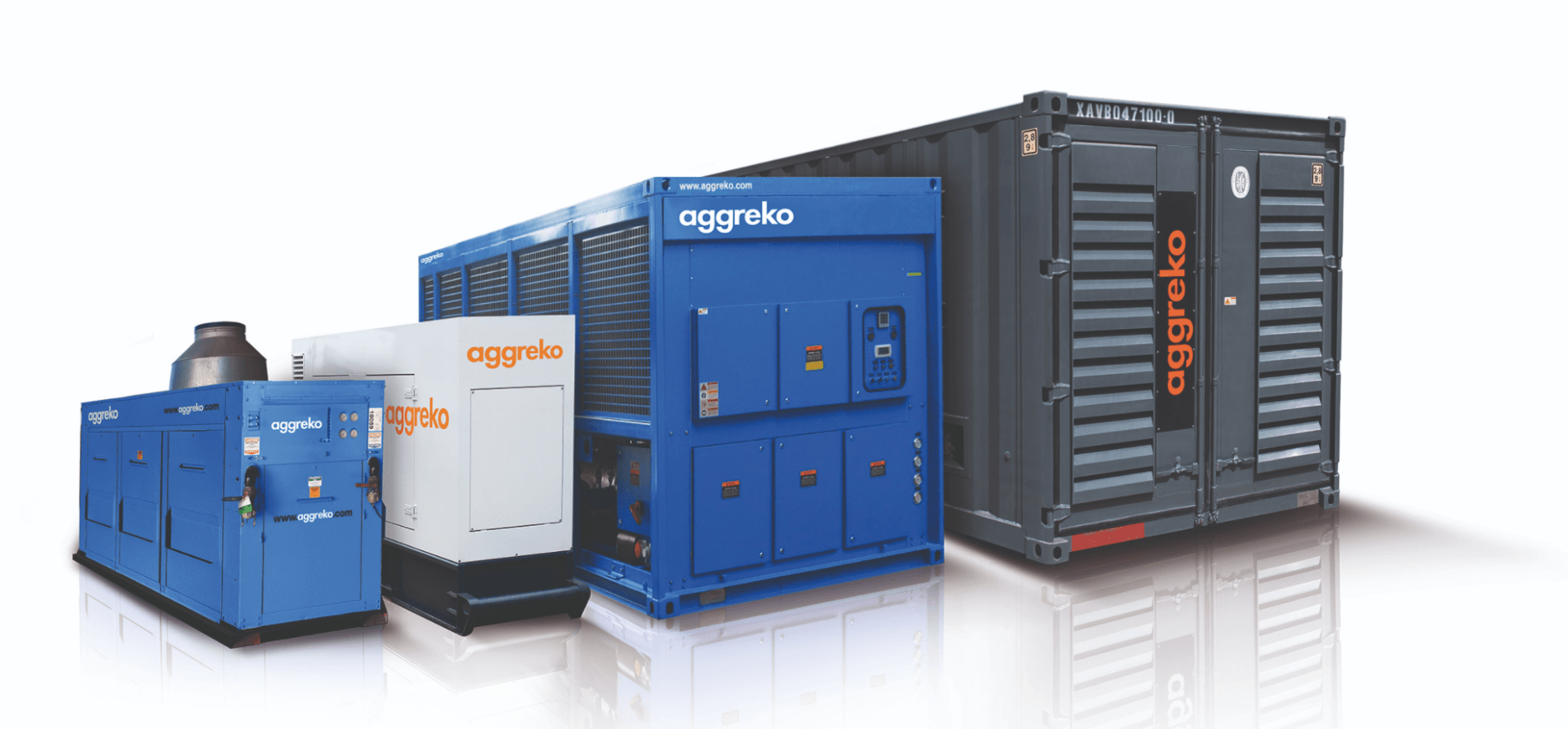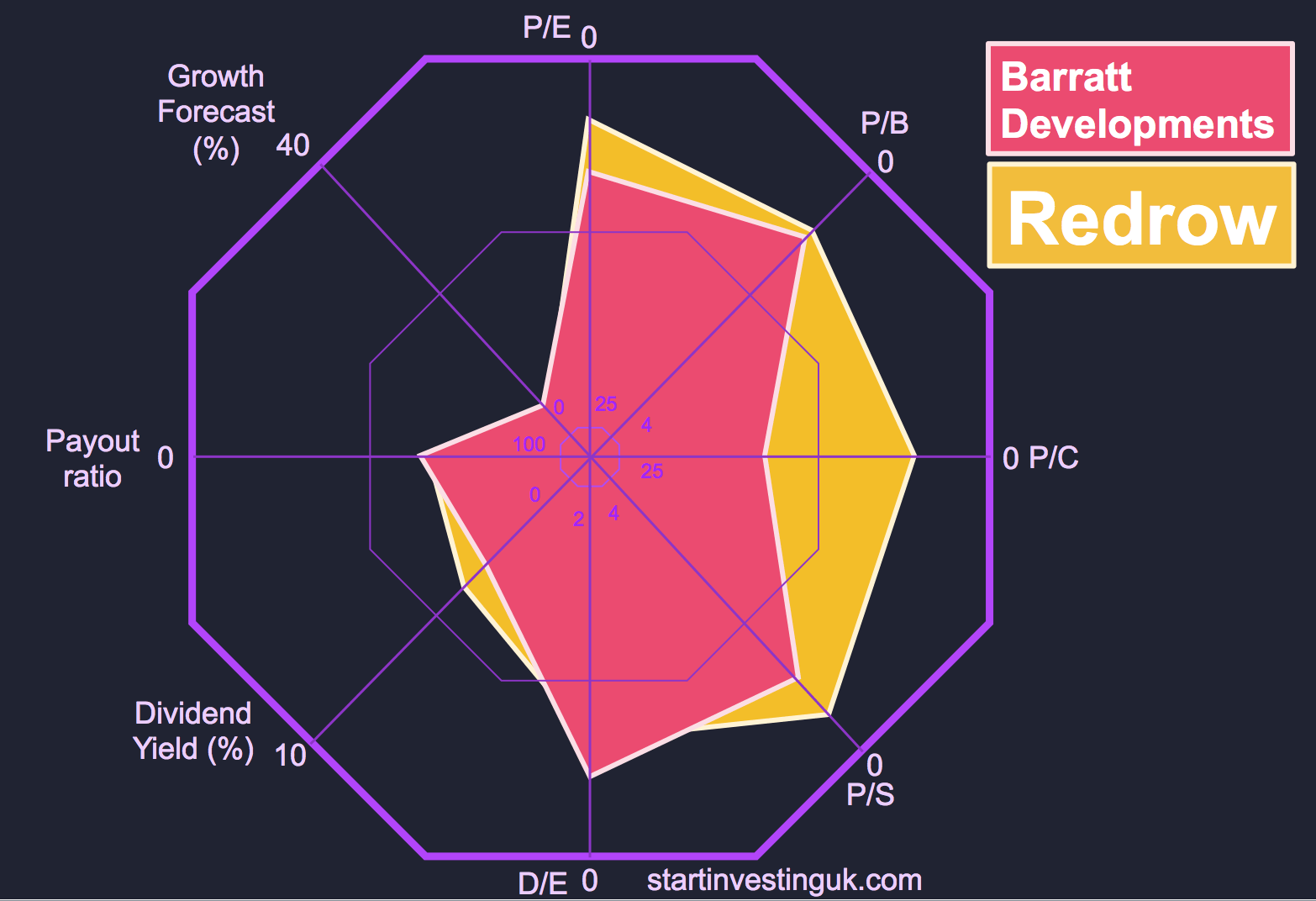A Short But Powerful Blog About DRIP
"I am like a drop of water on a rock. After drip, drip, dripping in the same place, I begin to leave a mark, and I leave my mark in many people's hearts." - Rigoberta Menchu
We write quite a lot about the ideologies and theory behind
value investing, but we also want to talk about the nuts and bolts of the
investing world. These are the issues that are rarely discussed in investing
books but can be just as important to your gains as getting the strategy right.
We are constantly ironing out the creases in our own investing strategies and we
will give you a head’s up as much as possible so that you can do the same.
DRIP, for those of you who haven’t read every single blog and line of our website (shame on you), stands for dividend reinvestment plan. This means that when you are paid a dividend, it is automatically used to buy more shares of the company that paid them to you, usually at a reduced cost to your normal trade fee. It is an option available with most trading accounts but you often have to opt in to it. If you do not have a DRIP activated, the dividends instead pile up in the cash section of your account and you don’t the benefit of the ‘double compounding’ magic of reinvesting dividends.
What I do want to talk about today is the minimum dividend value for reinvestment: this means that if you are paid a dividend that does not meet the minimum cash requirement by your trading platform, it will not be reinvested. For example: the minimum dividend value for reinvestments with Hargreaves Lansdown and Interactive Investor is £10; that means if you are paid a dividend of £9.99 or less, it will not be reinvested.
For my investing strategy, automatically reinvesting my dividends is very important (and satisfying) and there are a few things you can do to make sure that it will happen:
Firstly, you can work out how much of a dividend you are going to be paid and make sure it is over the minimum amount. You can work this out by:
·Number of Shares Bought x Dividend Amount
I bought 20 shares of BP, they pay a £2 dividend therefore I will be paid £80 over the next year. (20 x £2 = £40)
Or
·Dividend Yield (expressed as a decimal) x Cash Amount Paid For Shares
I bought £400 worth of BP shares and they have a dividend yield of 10%, therefore I will be paid £40 over the next year. (£400 x 0.1 = £40)
Then you need to check the number of times per year that dividend is paid. This is important because if you’re expecting a £18 dividend but its paid biannually, you will get two payments of £9, and if the minimum is £10 then neither of them will be reinvested.
You can check the number of payments per year (as well as the dividend yield and cash amount) using https://www.dividenddata.co.uk/ by checking the number of ex-dividend dates per year. For example, Redrow has two ex-dividend dates and is therefore paid twice per year; BP has four and is therefore paid four times per year.
Finally, divide your dividend payment by the number of times it is paid per year.
£40 dividend / 4 times per year = £10 per quarter
If that is more than your minimum reinvestment amount all is well. If not, you can choose to invest more money to increase the dividend payments, either up front, next month or at some later date. Or you can choose to invest in a different stock depending on how important DRIP is to you.
THE GOOD NEWS is that once you have met the minimum requirement for dividend reinvestment, all you have to do is make sure the company doesn’t cut or lower its dividend and it will always be reinvested!
That’s it for this week!
TL;DR - Make sure your dividend payment is high enough that it is automatically re-invested by your trading platform. Most platforms have a minimum value they will re-invest and if it does not meet the minimum, the payment will gather dust in your account rather than contribute to compounding your wealth.
If you have any questions about DRIP or anything else, comment below or send us an email at startinvestinguk@gmail.com.
If you want to follow our real money stock portfolio, we will let you know which shares we are buying every month, absolutely free. All you have to do is enter your email here and we will send you our stock pick on the 1st of every month.
We will always pick stocks that we feel are quality, dividend paying companies that are currently undervalued by the market.
This is not intended to be a substitute for independent financial advice and any query you have should always be checked by a Financial Advisor.
Have a great Thursday investors,
Joe











